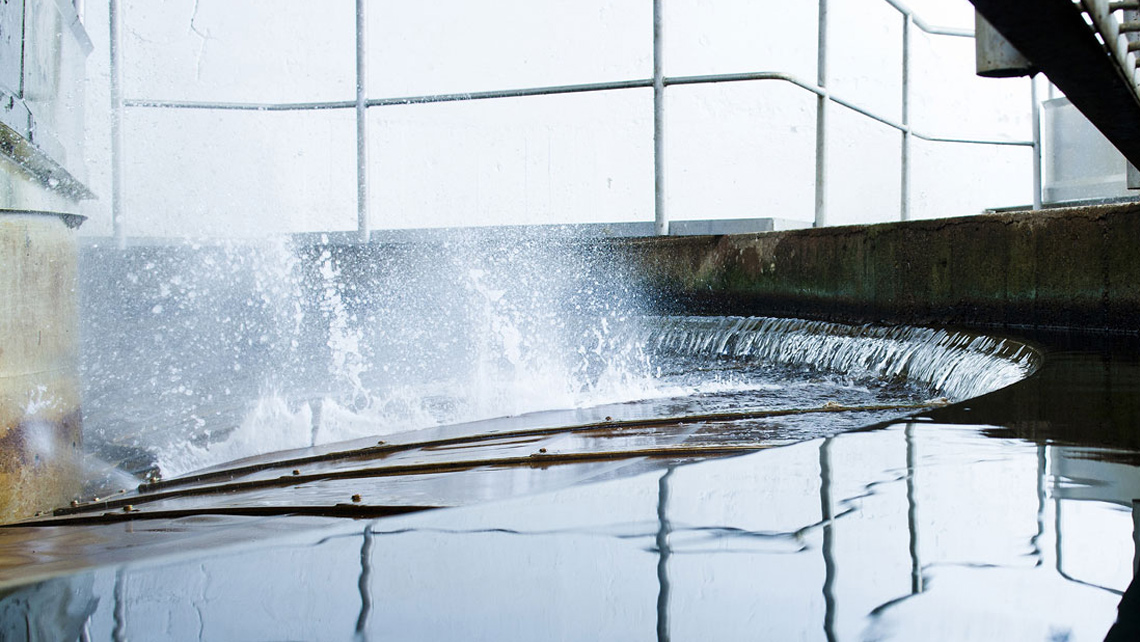Let’s take wastewater treatment as an example. Governments around the world are tightening environmental regulation, and many pulp and paper mills have stricter discharge limits over water pollutants in their permits. To ensure that the outlet effluent is within allowable discharge limits 24/7, continuous treatment process stability is required, which is not that easy to achieve.
“The loads of suspended solids, turbidity, and hard COD, which is particularly challenging for the mills, vary in the wastewater from hour to hour. The reality is that, in many cases, the treatment chemicals are fed into the process at a steady dosage flow. This leaves a lot of points in time where the chemicals are either underdosed or unnecessarily overdosed,” says Anders Ånäs, Manager, Digital Solutions at Kemira.
Adding to the challenge are the time-consuming quality control processes. Typically, basic monitoring and control requires manual work in collecting samples and analyzing them in a lab. This causes delays in the process.
“It can take several hours or even days before the plant personnel can react to a changed wastewater composition and take the needed corrective actions to adjust the chemical dosage and optimize the treatment process performance. As a result, the mills face unstable and at times poor effluent quality and, on the other hand, chemical wastage and unnecessary costs.”
At many mills, there are a lot of points in time where the water treatment chemicals are either underdosed or unnecessarily overdosed.
The same goes for the other water treatment applications at pulp and paper mills, starting from incoming raw water treatment all the way to sludge dewatering. Fresh water that is taken into production from rivers and lakes contains seasonally varying levels of organic compounds, which makes maintaining a steady quality in chemically purified water a challenge. Similarly, varying sludge composition makes it difficult to predict the performance of the dewatering process and optimize both the sludge dryness and filtrate quality.
“Without an up-to-date view, you are unable to adapt to the fluctuating process conditions. There’s a lot to gain with improved process control and efficiency,” says Anders.


